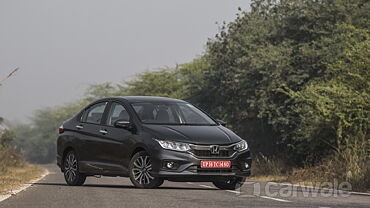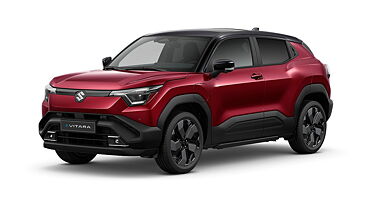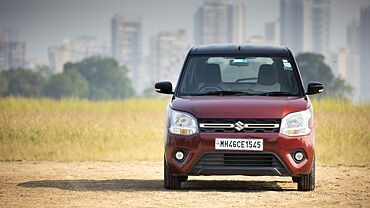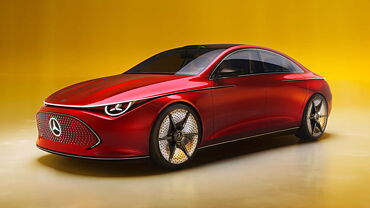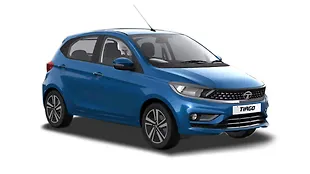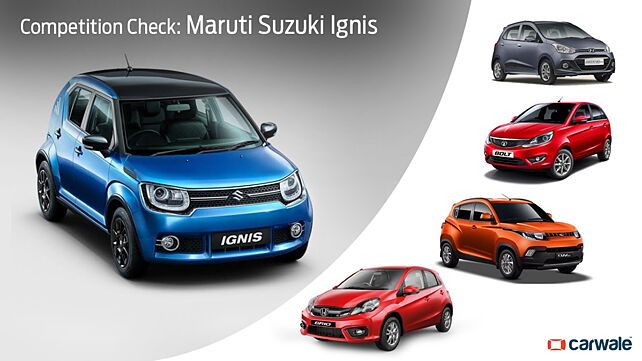
Maruti Suzuki has finally launched the much-anticipated Ignis in India. To be sold through the premium Nexa dealerships, the funky crossover is squarely aimed at the millennials. The quirky design combined with a long list of features poses a serious threat to its competitors. We find out how the Ignis performs when pitted against the competition, head-to-head.
The Grand i10 is the closest competitor of the Ignis in terms of powertrain, but the Ignis scores some extra brownie points for standard safety features, new design and upright tall-boyish stance. The Grand i10 is due for an update, and Hyundai must have been working round the clock to match the all-new and fresh Ignis. The Grand i10 was the fifth highest selling car in India last year and the introduction of the all-new Ignis with a competitive pricing will give the puny hatch a run for its money.
The Ignis and the KUV100 have always been compared to each other owing to the fact that both these cars have tried to bring something different to the equation. Defining the compact crossover, both the vehicles are premium B-Segment offerings including their quirky looks. The Ignis is the better-looking car of the two though and its feature list is quite comprehensive. The KUV100 misses out on the automatic transmission which the Ignis provides right off the bat. Though KUV tries to score with an insertion of an extra seat, the Ignis gets the brand Maruti advantage.
Honda has updated the Brio hatchback recently. The Brio’s peppy i-Vtec petrol engine and quality handling set a benchmark for the Ignis to reckon with. Both the cars offer the automatic transmission, but Brio misses out on the diesel automatic. Despite being updated just last year, the Brio feels old compared to the fresh and flamboyant design of the Ignis. The Brio also loses out on the features such as ABS with EBD, ISOFIX for the child seat, and dual airbags on the lower trims whereas they are standard on the Ignis.
The Bolt initiated Tata’s new design philosophy. It comes with first-in-segment driving modes but loses out on the automatic transmission when compared to Ignis. The engine and power outputs are almost identical between the two; especially in the diesel guise since both the car uses the Fiat-derived 1.3-litre Multijet engine. The Ignis is better looking of the two, because most of the Bolt’s element such as the silhouette, still reminds you of the yesteryear Tatas. But Tata’s competitive pricing with a spacious cabin helps the Bolt’s proposition against the Ignis.

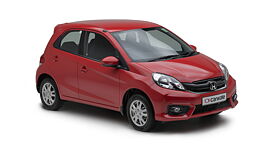
![Hyundai Grand i10 [2013-2017] Image Hyundai Grand i10 [2013-2017] Image](https://imgd.aeplcdn.com/272x153/cw/specialVersions/3073.jpg?v=20170223020738&q=80)
![Maruti Suzuki Ignis [2017-2019] Image Maruti Suzuki Ignis [2017-2019] Image](https://imgd.aeplcdn.com/272x153/cw/ec/21716/Maruti-Suzuki-Ignis-Right-Front-Three-Quarter-87860.jpg?wm=0&q=80)
![Mahindra KUV100 [2016-2017] Image Mahindra KUV100 [2016-2017] Image](https://imgd.aeplcdn.com/272x153/cw/ec/31367/Mahindra-KUV100-Exterior-109230.jpg?v=201711021421&q=80)
